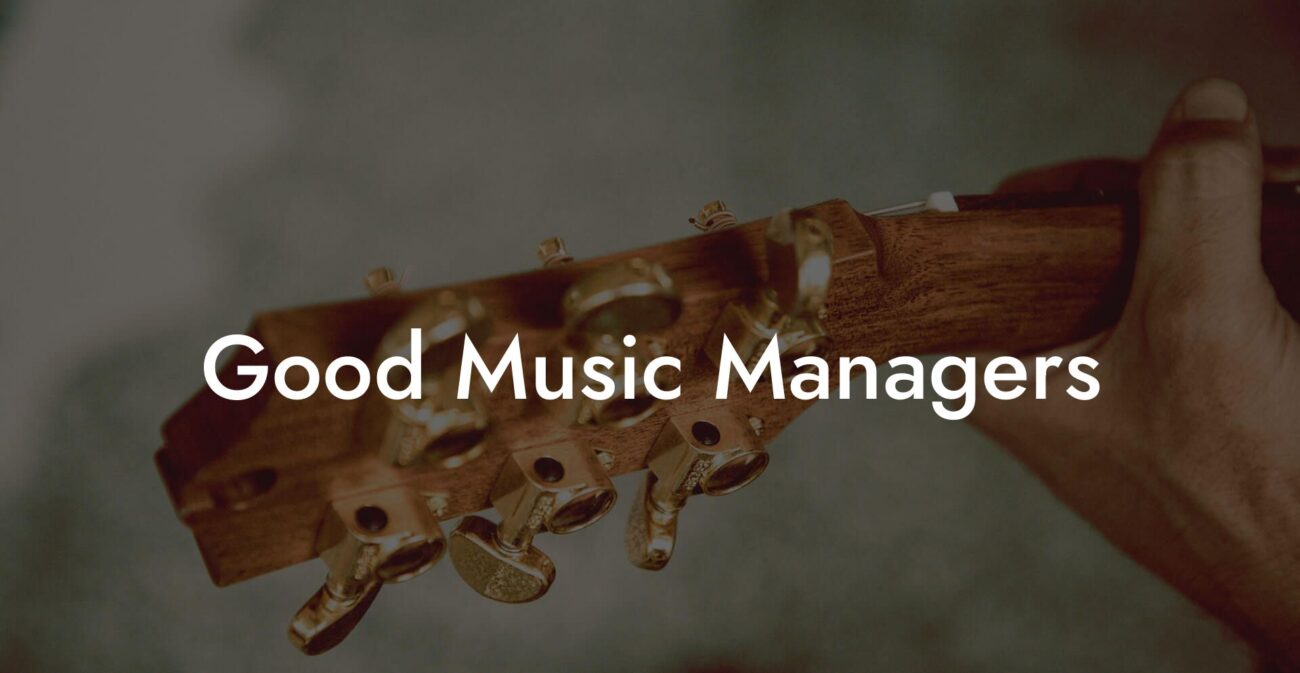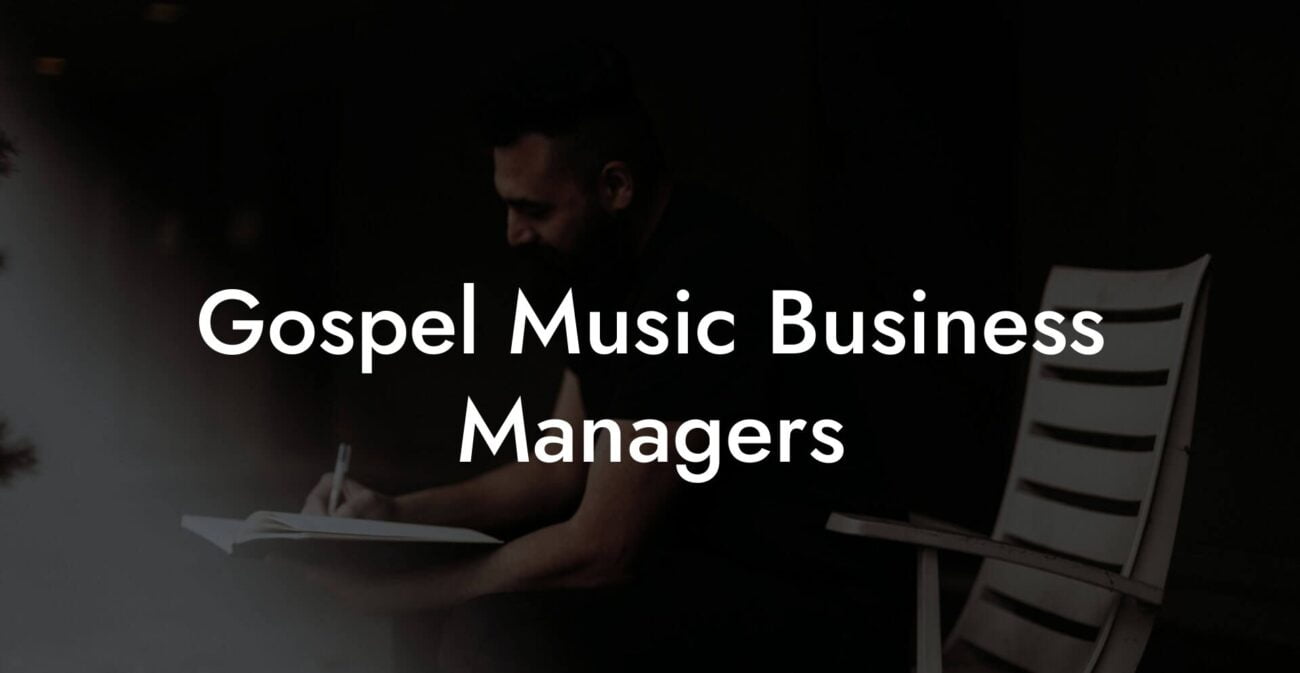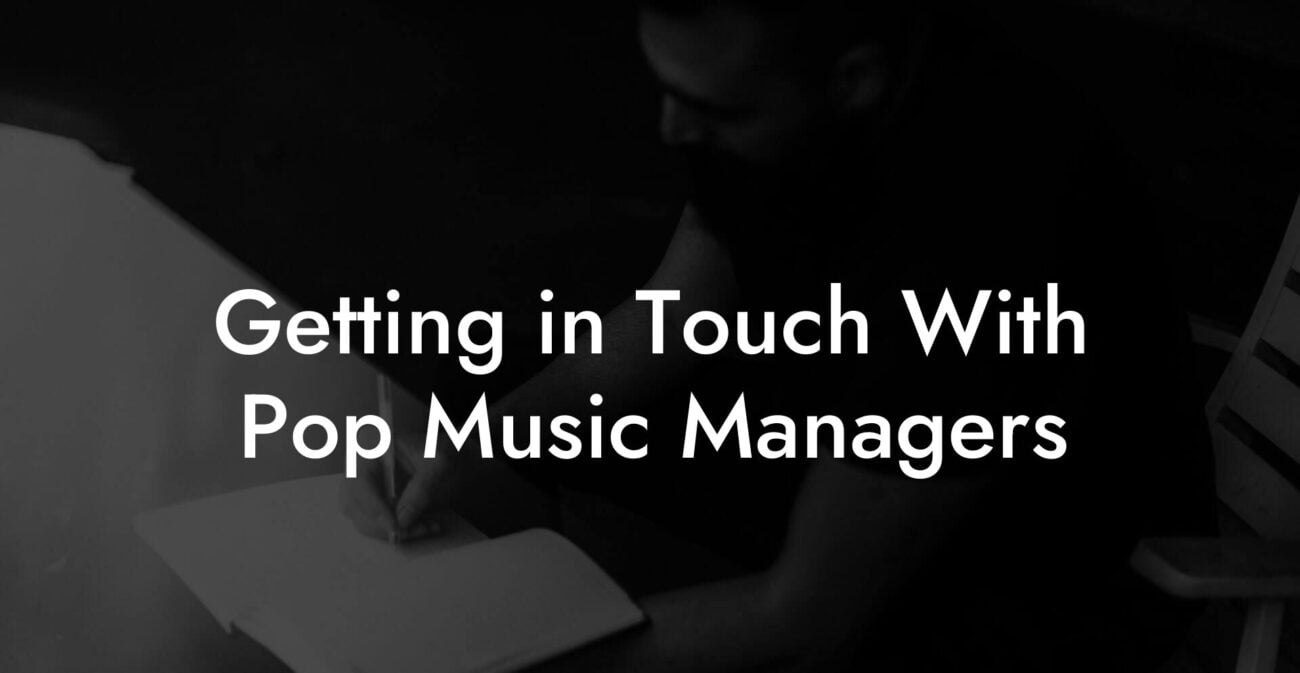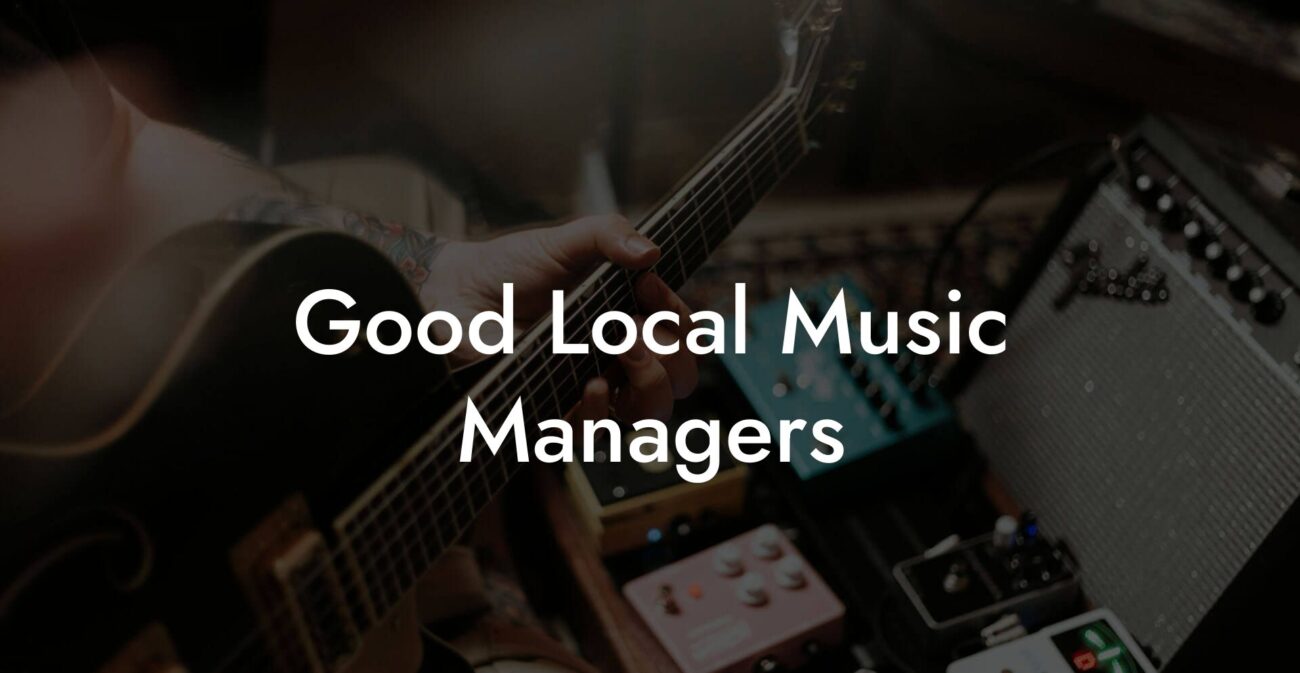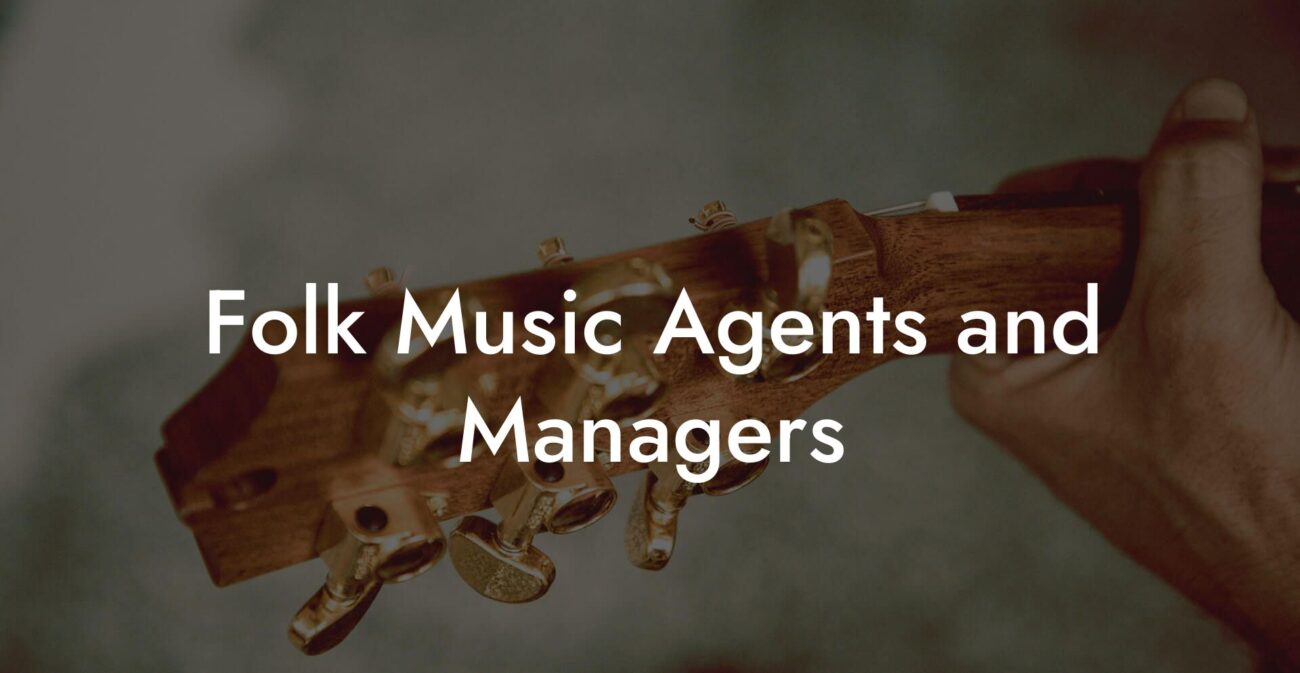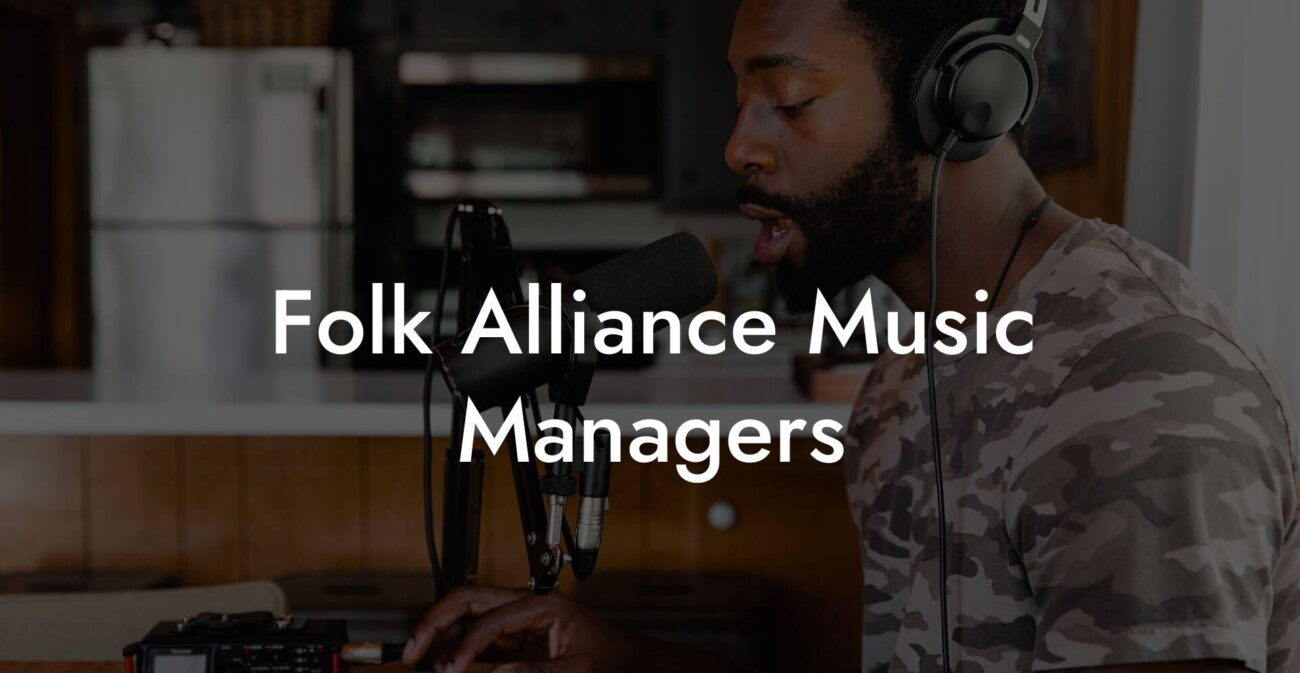Songwriting Advice
Lyric Ideas For A Sad Song
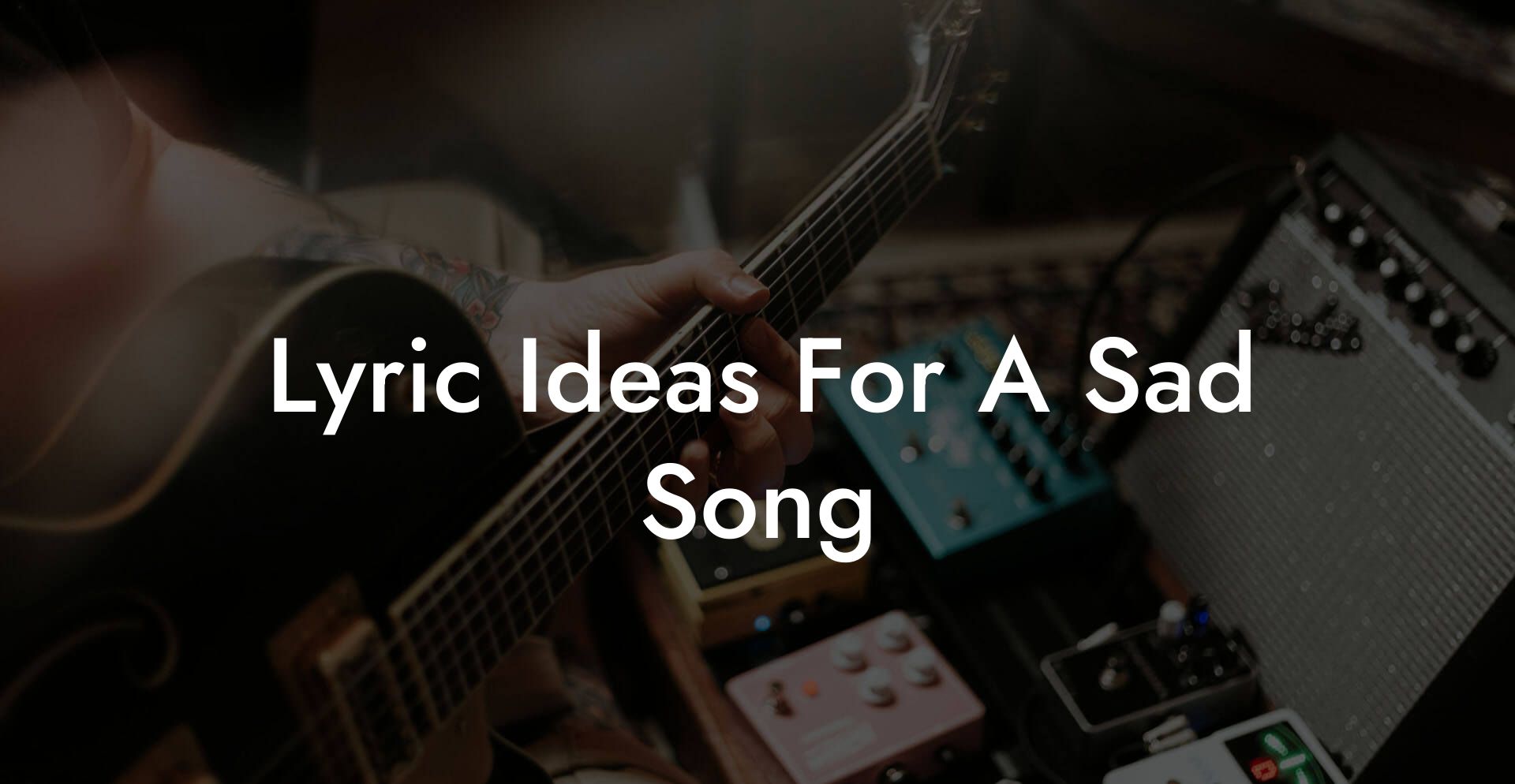
Picture this: It’s midnight, your room is dimly lit by the glow of your laptop, and your emotions are all over the place. You’re ready to pen down the raw, unfiltered sadness of your soul, but the words just aren’t coming. Welcome to the universe of lyric ideas for a sad song, a space where broken hearts, stormy nights, and bittersweet memories collide with clever wordplay and a hint of ironic humor. Whether you’re a budding songwriter, an angst-ridden millennial, or a Gen Z soul searching for that perfect line, this guide is your ultimate resource to transform melancholy into music.
Quick Interruption: Ever wondered how huge artists end up fighting for their own songs? The answer is in the fine print. Learn the lines that protect you. Own your masters. Keep royalties. Keep playing shows without moving back in with Mom. Find out more →
Quick Interruption: Ever wondered how huge artists end up fighting for their own songs? The answer is in the fine print. Learn the lines that protect you. Own your masters. Keep royalties. Keep playing shows without moving back in with Mom. Find out more →
Quick Links to Useful Sections
- Understanding the Nuances of Sad Songs
- Channeling Emotions: Digging Deep for Authentic Lyric Ideas
- Reflect on Personal Experiences
- Embrace Your Vulnerability
- Use Music as a Mirror
- Lyric Techniques to Elevate Your Sad Song
- Imagery and Metaphor
- Alliteration and Sound
- Narrative and Storytelling
- Contrast and Irony
- Exploring Themes: What Makes a Song Truly Heartbreaking?
- Lost Love and Heartbreak
- Nostalgia and Memories
- Isolation and Loneliness
- Inner Turmoil and Self-Doubt
- Generating Raw Lyric Ideas: Exercises and Brainstorms
- Stream of Consciousness Writing
- Free Association and Word Mapping
- Visual Prompts
- Dialogue with Your Emotions
- Infusing Personality: Tone, Humor, and Relatability in Your Lyrics
- Witty Wordplay
- Self-Awareness and Irony
- Conversational Tone
- Practical Tips: Crafting Your First Draft of a Sad Song
- Step 1: Structure Your Song
- Step 2: Develop a Theme
- Step 3: Outline Your Emotions
- Step 4: Write, Revise, Repeat
- Resources and Community Support: Your Next Steps
- Mixing Melody with Melancholy: Integrating Music into Your Lyricism
- Real-World Examples: Iconic Sad Songs and Their Impact
- Integrating Storytelling into Your Sad Song
- Sharing Your Work and Evolving as a Songwriter
- Frequently Asked Questions About Lyric Ideas For A Sad Song
- Your Journey from Melancholy to Masterpiece
Understanding the Nuances of Sad Songs
Writing a sad song isn’t merely about stringing together a series of tear-jerking clichés, it’s about tapping into the complex tapestry of human emotions. Sadness comes in a million shapes: the quiet despair of lost love, the haunting ache of nostalgia, or even the funny, self-deprecating gloom that only a true millennial can appreciate. The first step in crafting your melancholy masterpiece is to understand that each flavor of sadness is unique, and your lyrics should reflect that nuance.
Think of your song as a diary entry where every word is dipped in emotion. Instead of stating, “I’m sad,” explore the myriad ways sadness can manifest. Is it the heavy silence that follows a breakup? The emptiness of an abandoned room? Or the ironic humor in knowing that even the rain seems to have given up on light? By breaking down the anatomy of sadness, you’ll be better equipped to generate lyric ideas that resonate deeply with both you and your listeners.
In essence, understanding the nuances of sad songs is about embracing vulnerability while skillfully navigating through irony and authenticity. Let your words be as layered as your feelings, and your song will transform into a cathartic journey for both you and anyone who listens.
Channeling Emotions: Digging Deep for Authentic Lyric Ideas
Every sad song is rooted in real emotion, and the key to authentic lyrics is digging deep into your own experiences. Start by asking yourself: What is it that truly hurts? Is it the memory of a lost love, a friendship gone sour, or even the subtle sadness of growing up in a fast-paced digital world? Here are some ways to uncover the raw material for your lyrics:
Reflect on Personal Experiences
The best songs often come from personal revelations. Try journaling your feelings about recent experiences or memories that still sting. Even if your diary is filled with random thoughts, sift through them to find recurring themes or phrases that capture a genuine sentiment.
Embrace Your Vulnerability
Vulnerability is an artist’s superpower. When you allow yourself to feel deeply, you open up a well of creative energy that can be translated into compelling lyrics. Instead of shying away from your vulnerability, lean into it, after all, isn’t it more relatable to say, “I’m a mess, and that’s okay,” rather than providing a sanitized, perfect narrative?
Use Music as a Mirror
Listen to songs that evoke sadness in you, not just the popular tearjerkers but even the obscure tracks that you’ve kept on repeat. What is it about their lyrics that grabs you? Is it a particular phrase, the tone, or the imagery? Let those insights spark your own lyric ideas.
By exploring these introspective methods, you transform your inner turmoil into powerful, resonant lyrics that capture the bittersweet reality of being human in a sometimes cruel, sometimes beautiful world.
Lyric Techniques to Elevate Your Sad Song
Once you’ve mined the depths of your feelings, it’s time to transform raw emotion into refined lyrical art. Crafting lyrics for a sad song means leveraging a few tried-and-true techniques to ensure your words hit the right notes:
Imagery and Metaphor
Imagine painting a picture with words. Instead of plainly stating that you’re heartbroken, evoke images that reflect the pain: a wilted rose on a rainy windowsill, a solitary streetlamp flickering in the fog, or a sunset that colors the sky in shades of melancholy. Metaphors allow you to say much more than the literal, adding depth to your work.
Alliteration and Sound
Use alliteration to create a haunting rhythm. Phrases like “somber shadows silently seep” not only sound poetic but also evoke the delicate interplay between sound and emotion. Experiment with assonance and consonance to create a lyrical flow that mirrors the ebb and tide of your feelings.
Narrative and Storytelling
Every sad song tells a story. Whether you opt for a linear narrative or a stream of consciousness, storytelling gives your song a structure that listeners can follow. Consider weaving in snippets of dialogue, reflective questions, or bittersweet reminiscences that pull your audience into your emotional world.
Contrast and Irony
Sadness doesn’t always have to be solemn. Sometimes, a touch of ironic humor can make your song all the more compelling. Think about balancing melancholic verses with a contrasting hook or a surprising twist that hints at resilience amid despair. This interplay not only grabs attention but also enriches the overall narrative.
These techniques are your lyrical toolbox. Mix and match as needed to craft verses that are not only heart-wrenching but also artistically engaging, making your sad song a true masterpiece.
Exploring Themes: What Makes a Song Truly Heartbreaking?
At the core of every sad song are themes that mirror the human condition. The magic happens when you tap into universally relatable emotions, ones that make listeners nod their heads in agreement or shed a tear in the shower. Below are some themes to consider:
Lost Love and Heartbreak
Nothing screams sad song like a story of lost love. Whether it’s the regret of unspoken words or the raw pain of a breakup, love gone wrong is a timeless theme that speaks to everyone. Explore the intricacies of heartbreak: the small moments that led to the big fall, the “what ifs” that haunt you, and the bittersweet memories that linger long after the love is gone.
Nostalgia and Memories
Nostalgia is another beloved muse. Reflect on how the passage of time changes our perspective on cherished memories. Perhaps you’re singing about the days when everything was simpler, or the way a once-happy place now feels empty. Using nostalgia can turn your song into a time capsule of emotions, one that resonates with anyone who’s ever longed for the past.
Isolation and Loneliness
Loneliness is a deep-seated feeling that often underpins sad songs. The sense of isolation, whether it’s literal or emotional, can be a powerful narrative. Paint a picture of a late-night drive through an empty city or the silent echo of a room that once buzzed with life. By expressing isolation in your lyrics, you invite your audience to share in the communion of solitude.
Inner Turmoil and Self-Doubt
Dive into the endless loop of self-doubt and inner conflict. The angst of questioning your worth, the painful battle with internal demons, or the ironic self-awareness that comes with being attuned to your feelings, these are all vibrant threads to weave into your verse. When you expose your inner turmoil, you create space for listeners to find solace in their own struggles.
Each of these themes offers a different angle from which to explore sadness. By mixing and matching them, you can create a song that is nuanced, deeply personal, and, most importantly, unmistakably human.
Generating Raw Lyric Ideas: Exercises and Brainstorms
Now that you’re armed with an understanding of themes and techniques, it’s time to generate some raw lyric ideas. Brainstorming is a creative playground where no thought is too ridiculous or too raw. Try these exercises to get started:
Stream of Consciousness Writing
Set a timer for 10 to 15 minutes, put your pen to paper (or fingers to keyboard), and let your thoughts flow without judgment. Don’t worry about structure or grammar, just let the words tumble out. Later, go back through your writing and highlight any phrases that evoke the emotion you’re aiming for.
Free Association and Word Mapping
Start with a single word that defines your mood (like “loneliness” or “heartbreak”) and branch out. Write down all the words, feelings, and images that come to mind, no matter how disconnected they seem. This act of free association can reveal unexpected, deeply personal ideas that can be woven into your lyrics.
Visual Prompts
Sometimes a picture is worth more than a thousand words. Use evocative images, a rainy cityscape, a solitary figure under a flickering streetlight, or a forgotten photograph, to trigger a cascade of emotions. Let the visual cues guide your imagination and translate those impressions into lyrical ideas.
Dialogue with Your Emotions
Imagine your feelings could speak. What would they say about your current state? Write a dialogue between yourself and your emotions. Ask them tough questions like, “Why do you hurt so much?” or “What do you need to feel whole again?” Not only does this generate raw, honest content, but it can also lead to unforgettable verses that are as profound as they are poignant.
These exercises are about breaking free from the pressures of perfection. Let your creativity spill over, there’s beauty in the messy, unpolished moments where your true feelings emerge.
Infusing Personality: Tone, Humor, and Relatability in Your Lyrics
Even the saddest of songs can carry a spark of wit and personality. In today’s fast-paced world, being a musician isn’t just about deep emotion; it’s about connecting through a shared human experience that sometimes includes a touch of humor. Here’s how to infuse your lyrics with personality while retaining that melancholic vibe:
Witty Wordplay
Don’t be afraid to incorporate clever twists on traditional phrases. Instead of “crying alone in the dark,” how about “sobbing solo with my Wi-Fi off”? This blend of modern reality with classic sorrow can make your lyrics both funny and deeply relatable, especially to an audience that navigates both emotional and digital landscapes.
Self-Awareness and Irony
Embrace the irony of feeling deeply sad about life’s trivialities. Acknowledge the absurdities of life in your lyrics, like bemoaning the loss of that one perfect avocado toast while lamenting a broken heart. This honest, tongue-in-cheek approach can strike a chord with listeners who appreciate authenticity with a side of humor.
Conversational Tone
Write as if you’re having a heart-to-heart with your best friend. Avoid overly poetic or formal language unless it feels natural. The conversational tone allows your audience to feel as though they’re right there with you, sharing in the highs and lows of life. It makes your song accessible, engaging, and ultimately more memorable.
By blending humor, self-awareness, and a conversational style, your lyrics will not only express sadness but will also invite listeners to find solace in the shared absurdity of life.
Practical Tips: Crafting Your First Draft of a Sad Song
Now that your brain is brimming with raw lyric ideas and techniques, it’s time to get down to business and draft your song. Here are some practical steps to guide you through the process:
Step 1: Structure Your Song
Every great song has a structure, and while experimenting is encouraged, having a framework can keep your creative process focused. Consider starting with a simple verse-chorus-verse-bridge format. The verse sets the scene, the chorus amplifies the emotion (and ideally includes your catchiest, most memorable line), and the bridge offers a twist or a reflection.
Step 2: Develop a Theme
Zero in on one of the themes we discussed, lost love, nostalgia, loneliness, or inner turmoil, and let it guide your narrative. A clear theme helps anchor your emotions and creates consistency throughout your song.
Step 3: Outline Your Emotions
Map out the emotional journey of the song. Start with the initial spark of sadness, build up the story with vivid imagery, and find a way to convey hope, resignation, or even bittersweet acceptance by the end. This emotional arc will keep listeners invested from the first chord to the last note.
Step 4: Write, Revise, Repeat
Your first draft doesn’t have to be perfect, don’t worry about rhymes or rhythm until you have your ideas on paper. Once you’ve got a complete draft, read it aloud, tweak the phrasing, play around with the structure, and fine-tune until the song feels true to your vision.
Remember, the process is as much about self-discovery as it is about creating a song. Allow yourself the freedom to experiment, and let every revision bring you closer to that soulful, resonant track.
Resources and Community Support: Your Next Steps
Writing a sad song can sometimes feel like a solo journey, but you’re not alone. There are countless resources and communities out there, just like you found Lyric Assistant, to help guide you, offer feedback, and spark inspiration on your songwriting adventure.
Check out online forums, songwriting workshops, and social media groups dedicated to music creation. Platforms like YouTube and Instagram are brimming with artists sharing their creative process, clever lyric prompts, and behind-the-scenes stories that can provide fresh ideas and new perspectives. Moreover, interactive tools such as lyric generators and mobile apps can help refine your rhythm, rhyme, and overall structure.
Consider connecting with fellow songwriters in virtual communities. Sharing drafts or simply discussing your creative hurdles with someone who understands can fuel your motivation. And while you’re at it, don’t forget to explore classic literature, indie films, and even podcasts that delve deep into the heart of human emotion, they are treasure troves of ideas that could very well translate into your next soul-stirring verse.
Lyric Assistant is designed with you in mind, helping to streamline your creative process so that whether you’re writing in the dead of night or during a lazy afternoon, you have a reliable sidekick to refine your lyric ideas. From brainstorming to final polish, the right tools and community support can make the difference between a good song and a timeless classic.
Mixing Melody with Melancholy: Integrating Music into Your Lyricism
While words are the heart and soul of your song, pairing them with the right melody can transform a simple set of lyrics into an evocative musical experience. When crafting a sad song, the mood of the melody should seamlessly blend with the emotional depth of your words.
Experiment with minor chords and slow tempos typically associated with melancholic tunes. Let your melody reflect the rises and falls of your emotional journey, the soft whispers of a somber bridge, the poignant swell of a chorus that echoes the raw vulnerability in your lyrics. The fusion of melody and lyric is what turns a collection of words into a feeling, so don’t shy away from adopting unconventional chord progressions or unexpected instrumentals like a subdued acoustic guitar, a plaintive piano riff, or even ethereal synth pads.
Collaborate with fellow musicians or experiment on your own to find the perfect sonic backdrop that captures the essence of your song. Remember, your melody isn’t just an accompaniment, it’s a vital element that gives life to your heartfelt expressions.
Real-World Examples: Iconic Sad Songs and Their Impact
To inspire you further, let’s take a look at some iconic sad songs that have resonated with audiences worldwide. These tracks are celebrated not just for their haunting melodies, but for their ability to capture complex emotions with precision and poetic artistry.
Consider Adele’s “Someone Like You”, a song that blends personal loss with a bittersweet acceptance. The lyrics speak of love lost, yet there’s an undeniable strength derived from vulnerability. Similarly, Bon Iver’s “Holocene” uses ambiguous imagery to evoke both the insignificance and the beauty of our existence in a vast, indifferent universe.
These songs often follow a pattern: They begin with simple, relatable sentiments before gradually unraveling into more introspective, evocative expressions of emotion. The key is their fearless dedication to authenticity, allowing each word, each note, to serve as a raw reflection of the human heart.
By studying these examples, you can see that the magic of a sad song lies not in manufactured despair, but in the honest portrayal of life’s inevitable ups and downs. Their ability to connect with listeners on a deeply personal level is a testament to the power of well-crafted lyric ideas.
Integrating Storytelling into Your Sad Song
Storytelling is what separates a generic song from a piece that touches the soul. In a bad day turned into a cat-and-mouse game with personal demons, there’s a storyline to be unearthed. Frame your verses as chapters in a diary; leave behind static, one-dimensional descriptions and provide your listeners with a narrative arc they can follow.
To master the art of lyrical storytelling:
- Create a vivid setting: Transport your audience to a rain-soaked street, a familiar café where memories flood in, or a dimly lit room that whispers secrets. Using descriptive language not only paints a mental picture but also amplifies the mood.
- Craft dynamic characters: Even if the characters are abstract, like “loneliness” or “despair,” give them personality, motivations, and even internal conflicts.
- Include a narrative conflict: A story thrives on tension. Whether it’s the conflict of a broken relationship or the internal battle against self-doubt, introduce elements that keep your listeners engaged until the final line.
- End with a twist or catharsis: Your song might not have a traditional happy ending, but a twist, a moment of acceptance or a revelation, can deliver a powerful, lasting impact.
With storytelling as your guide, your sad song transforms into a relatable narrative that feels as though it’s been plucked from the very fabric of human experience.
Sharing Your Work and Evolving as a Songwriter
Once your draft is ready, the next step is facing the real world, sharing your music. It might seem daunting to put your raw emotions out there, but every great song was once just a collection of brave ideas waiting to be heard.
Start by sharing your work with close friends or online communities where fellow songwriters hang out. Constructive feedback is a vital ingredient for growth; it not only refines your skill but also helps validate the authenticity of your words. Remember, every note that doesn’t hit the mark is just another stepping stone towards mastering your craft.
Explore collaborative opportunities, sometimes, working with other musicians can add perspectives you hadn’t considered, enabling your song to evolve in ways that might surprise even you. And if you’re using tools like Lyric Assistant, lean on them to polish your lyrics, experiment with different arrangements, and ultimately craft a final product that stands out.
Your journey as a songwriter is an evolving process. Celebrate the small victories, learn from the critiques, and never stop exploring new ways to express the multifaceted nature of your emotions.
Frequently Asked Questions About Lyric Ideas For A Sad Song
Below are some of the most frequently asked questions that can help guide your journey in writing a sad song.
1. Where do I start when trying to write a sad song?
Begin by tapping into your personal emotions. Reflect on past experiences, journal your thoughts, and experiment with free writing to let your raw feelings flow onto the page.
2. How do I avoid clichés when writing about sadness?
Focus on specific, authentic details and personal anecdotes. Instead of generic statements, use vivid imagery and unique metaphors that truly capture your individual emotional experience.
3. What are some effective lyrical techniques for sad songs?
Techniques such as imagery, metaphor, and the use of alliteration help create a layered, engaging emotional narrative. Experiment with different rhyme schemes and rhythmic patterns to find what best reflects your state of mind.
4. How important is melody in a sad song?
A well-crafted melody is key, it amplifies the emotional weight of your lyrics. Minor chords, gentle tempos, and instrumental nuances can elevate your words and help connect with listeners on a deeper level.
5. Can humor be incorporated into a sad song?
Absolutely. Infusing subtle, ironic humor can add a layer of complexity to your song, making it both relatable and refreshingly honest, especially for audiences who appreciate a modern twist on melancholy.
6. What tools can help with songwriting?
Tools like Lyric Assistant provide inspiration, help you structure your lyrics, and offer editing features that make the songwriting process more streamlined and creative.
7. How do I know if my sad song resonates with others?
Sharing your song with peers, online communities, or even hosting small listening sessions can provide invaluable feedback. Often, the best gauge is whether your song evokes an emotional response from your audience.
Your Journey from Melancholy to Masterpiece
Writing a sad song is a journey, a transformation of raw, unfiltered emotion into a piece that speaks volumes. It’s about capturing the delicate balance between despair and hope, using each lyric as a stepping stone toward understanding the bittersweet tapestry of human life.
As you embark on this creative adventure, remember that every line, every verse, is a reflection of your authentic self. Embrace the vulnerability, experiment boldly with language and melody, and let your song become a mirror to your soul. Whether you’re battling betrayal, mourning a lost love, or simply reflecting on the passage of time, your music matters.
The process might be messy, the emotions overwhelming, but therein lies the magic: in the chaos of your feelings, there’s art waiting to emerge. So grab your notebook, power up Lyric Assistant, and delve into the depths of your heart. Your sad song is not just about sorrow, it’s about the beauty of being human.
Let your words be your guide and your melody the vessel for your truth. Every chord and every verse is a stepping stone toward a masterpiece that resonates with anyone who’s ever felt deeply. Your journey from melancholy to musical magic begins now.


